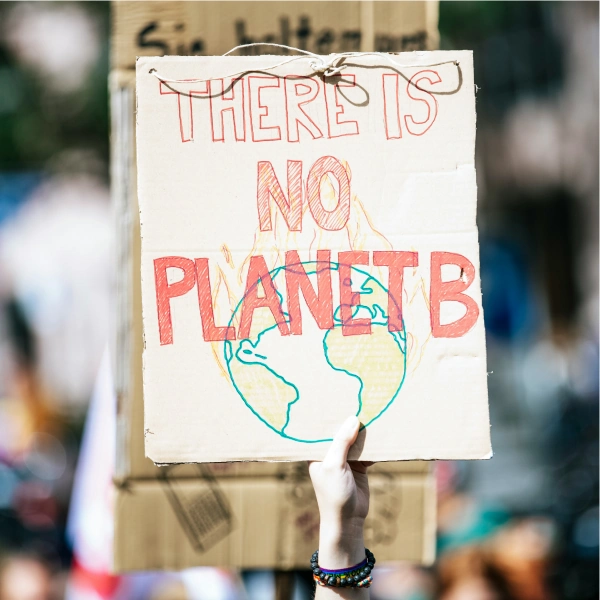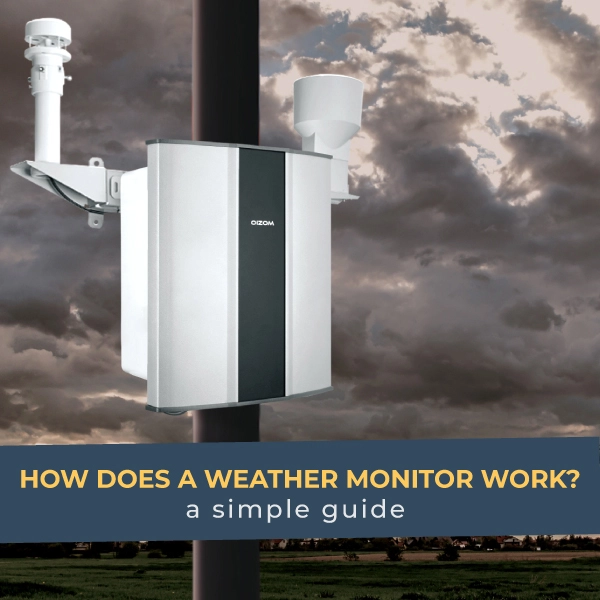As we breathe in the air around us, we seldom stop to consider its quality. The cleanliness of the air we breathe is crucial for our health and the long-term survival of our surroundings. The connection between air quality and climate change is close, and if we don’t take action, the future appears bleak.
This blog will discuss the relationship between two important aspects of our environment. The sentence without the expletive “it is” would be: “This will explore how these aspects impact us and suggest ways to bring about change.”
Climate Change and Air Quality
Relationship between climate change and air pollution
At a glance, it might seem like air pollution and climate change are two separate issues. However, their connection is intimate. The pollutants that degrade air quality can also contribute to climate change by altering the earth’s atmospheric composition.
Burning fossil fuels releases CO2 and CH4, which trap heat in the atmosphere and cause global warming.
Certain air pollutants, like black carbon, ozone, and aerosols, can warm the climate. They have a strong warming effect and people know them as short-lived climate pollutants. These pollutants can also influence cloud formation and precipitation, further altering climate patterns.
Therefore, air pollution and climate change are two sides of the same coin, each exacerbating the effects of the other.
Impact of climate change on air quality
Outdoor and Indoor Air Pollution
Climate change affects air quality both outdoors and indoors. Rising temperatures associated with climate change can enhance the formation of ground-level ozone, a harmful air pollutant.
Ground-level ozone is a dangerous gas made when sunlight reacts with emissions from vehicles, industries, and power plants. Different from the ozone layer that protects the Earth from UV rays. High levels of this ozone can cause respiratory issues and other health problems.
Indoor air quality, often overlooked, is equally important. Homes, schools, and offices can contain pollutants such as VOCs from cleaning products and building materials. They can also have biological pollutants like mould and pollen.
Climate change impacts weather, increasing humidity in some places, which can cause the growth of indoor biological pollutants.
Wildfire Smoke
Climate change is causing more wildfires globally, which is affecting air quality. Hot, dry conditions fuel wildfires, which generate smoke containing a mixture of fine particles, gases, and water vapor.
The smoke from the fire can spread over a long distance and contaminate the air. This can lead to different health problems such as eye irritation, difficulty breathing, and even severe heart issues.
Airborne Allergens
A less visible but equally crucial impact of climate change on air quality is its influence on airborne allergens. Rising temperatures and CO2 concentrations can enhance pollen production in plants, increasing the severity and length of allergy seasons.
Additionally, changes in wind patterns can distribute these allergens over broader areas, affecting more individuals.
What can we do to reduce the air quality to prevent climate change?
Considering how air quality affects climate change and vice versa, it’s obvious that we must tackle these problems together. Here are some of the measures we can adopt to reduce air pollution and mitigate climate change.
Reduce air pollution from vehicles
Reducing emissions from vehicles is one of the most effective strategies for improving air quality and slowing climate change. We can use cleaner fuels, better vehicles, public transport, carpooling, and encourage walking or cycling for short distances.
Governments can make rules and give rewards to encourage people to use electric or hybrid cars.
Improve air quality at ports
Ports cause air pollution because they use a lot of diesel engines in ships and equipment. Several ways to improve the air quality at ports exist.
One way is by using cleaner fuels. Another way is by using shore power, which allows ships to turn off their engines and connect to electricity while docked. Additionally, being more efficient can help reduce waiting time for ships and trucks.
Prevent wildfires
Although we cannot prevent all wildfires, we can take steps to reduce their likelihood and limit their spread. To stop wildfires, manage land and forests by controlled burns and removing extra plants. Be cautious in fire-prone areas. Put out campfires properly and don’t discard cigarettes carelessly.
Monitoring your Urban Areas
Regular monitoring of air quality in urban areas is critical to identifying pollution hotspots and developing targeted strategies. Oizom’s air monitoring systems provide real-time information on local air quality, which helps with policy and decision-making.
Click here to learn more about Oizom’s air monitoring solutions.
Reduce your exposure
As we address air pollution and climate change, it’s important to safeguard ourselves from immediate dangers. To avoid air pollution, stay inside on bad air days, use air purifiers, and wear masks in highly polluted places.
Develop urban forests
- City trees clean air, cool cities, and give animals homes, like urban area lungs.
- Planting trees and making green spaces in cities can improve air, reduce pollution, and make people in cities feel better.
Conclusion
In conclusion, air quality and climate change are interconnected challenges that require integrated solutions. Improving air quality can contribute to climate change mitigation efforts while addressing climate change can also improve air quality. Addressing emissions from transportation, wildfires, and especially the Most Polluting Industries is crucial to making a meaningful impact. To create a better future, we can reduce vehicle and industry emissions, prevent wildfires, and improve air quality monitoring.
At Oizom, we believe that knowledge is power. We’re committed to helping individuals, communities, and organizations understand the air they breathe using accurate, real-time data.
Contact us today to learn more about our air monitoring solutions. Our solutions can help you improve air quality and fight climate change. Together, we can breathe easier and ensure a healthier planet for future generations.






